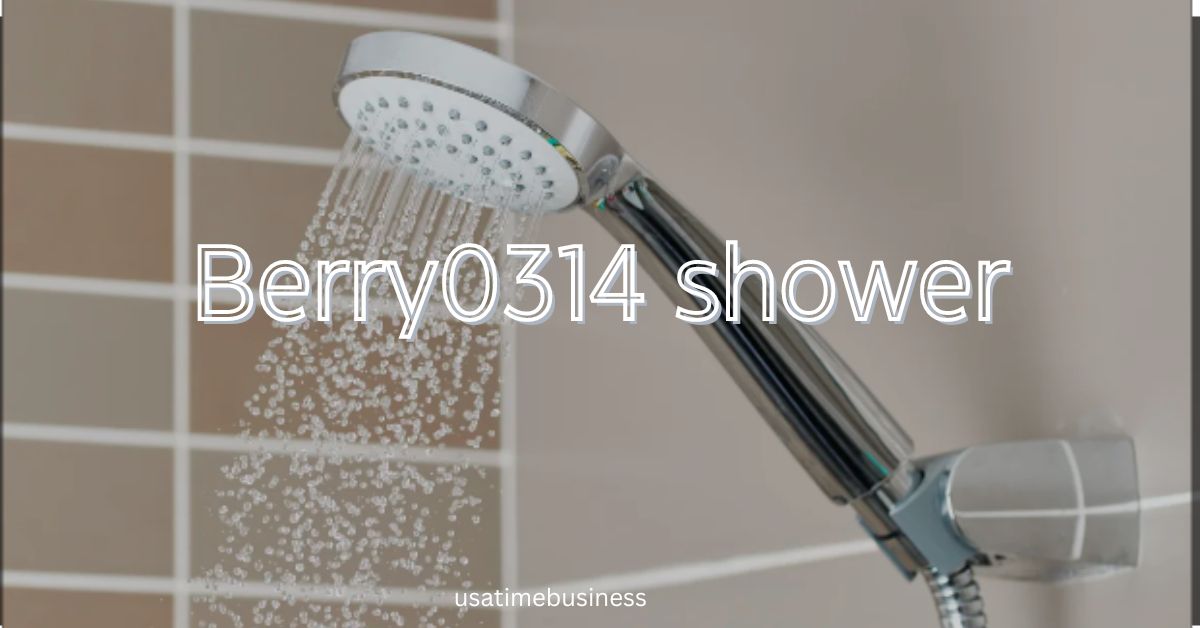Washing machines are essential household appliances that must be maintained regularly for optimal performance. One of the crucial components that people often overlook is the drainage system. Different washing machine drainage options are available, each with pros and cons. One of the most common ways to drain a washing machine is through a standpipe. A standpipe is a vertical pipe that connects to the drain line and poses as a convenient option for those whose washing machine and the drain are at a distance. The standpipe has a trap that prevents sewer gas from entering the room, making it a safe option. However, it requires a specific height to function correctly, making it unsuitable for people living in apartments or those whose drain is below the washing machine level.
Alternatively, people can opt for a floor drain. A floor drain is a grated or slotted opening in the floor that connects to the main sewer line. It is particularly beneficial for those whose washing machine is in the basement. However, it could pose a risk of backflow with aging plumbing systems, resulting in water damage. Another way to drain a washing machine is through a sink. This method is beneficial for those living in apartments or tiny homes where a designated drain outlet is not available. A faucet adapter connects to the sink’s nozzle, allowing the washing machine’s drain hose to empty into the sink. However, this method might require homeowners to monitor the water flow and take precautions to avoid blockages caused by hair or other debris that often accumulates in sink drains. Lastly, one can opt for a laundry tub or utility sink to drain water. A laundry tub is a large, shallow sink used to wash and hand-wash clothes, and it could also serve as a drainage outlet for washing machines. This option is particularly suitable for those with limited space who cannot afford to dedicate a standpipe or floor drain solely for washing machine drainage. However, it requires a separate drainage system, which could be challenging to install.
In conclusion, while these are the standard washing machine drainage options, one must select the option that suits their lifestyle and space requirements. It is recommended to consult professional plumbers to evaluate the best choice for your home and ensure that the drainage system complies with local codes and safety regulations. With adequate maintenance and care, washing machine drainage can be functional and safe.
Various Washing Machine Drainage Options
Washing machines are essential household equipment that makes laundry work more accessible and convenient. One crucial aspect of operating a washing machine is drainage. The amount of water accumulating in the washer drum during the washing process must be drained off effectively. Different drainage options are available, and the choice of one depends on the specific requirements of the household. One of the most common washing machine drainage options is a standpipe. A standpipe is a vertical pipe directing the wastewater from the washing machine to the sewer or septic system. It comes in different sizes and shapes and is usually installed in a utility room or laundry area. A standpipe is easy to install and maintain but may not be suitable for all situations. For instance, the washing machine in the basement may require additional plumbing to connect the standpipe to the sewer line. Another popular option is a floor drain. A floor drain is a plumbing fixture attached to the main sewer line, typically installed in the laundry room, basement, or garage. The wastewater from the washing machine flows through a drain hose and empties directly into the floor drain. This option eliminates the need for a standpipe, and it’s more suitable for limited space. A laundry sink is also a valuable option for washing machine drainage. A laundry sink is a standalone plumbing fixture in the laundry room or utility area. It incorporates a drain and faucet, and it’s used to wash delicate clothes, rinse muddy boots or even as a soak station. The washing machine connects to the sink drain, and the wastewater is ejected through the drainpipe. A laundry sink is usually more significant than a utility sink and offers additional functionality. A direct drain option is also available for washing machines. This option eliminates the need for a standpipe, floor drain or sink. The washing machine is directly connected to the plumbing system, and the wastewater flows through the primary drain pipe. A direct drain system works efficiently and is suitable for situations where the washing machine is located close to the plumbing.
In conclusion, there are different washing machine drainage options available, and the choice of one depends on the specific requirements of the household. Standpipe, floor drain, laundry sink, and direct drain options are among the most popular. Consider the situation, space, and plumbing requirements before deciding which option is best suited for your household. This way, you’ll ensure that wastewater is drained efficiently and the washing machine operates smoothly.
How A Professional Plumber Can Help
A professional plumber is an expert who specializes in installing and repairing various types of plumbing systems, including water, gas, and sewer lines. Plumber services can often be required in homes or businesses, and ensuring that these systems are working effectively and efficiently is essential. One of the benefits of hiring a professional plumber is that they have the knowledge and expertise necessary to diagnose and resolve various plumbing issues. With years of experience, plumbers can quickly pinpoint the root cause of the problem and fix it quickly and correctly, reducing the risk of further damage or lasting consequences. Another advantage of hiring a pro plumber is that they have the latest tools and equipment to handle even the most complex plumbing problems. These tools and equipment enable them to work more efficiently and effectively, saving you time and money in the long run. A professional plumber can also offer valuable advice and recommendations on upgrading or optimizing your existing plumbing system. Whether you’re remodelling your bathroom or looking to improve the energy efficiency of your home or business, a plumber can provide you with the proper guidance and support to achieve your goals. Aside from fixing existing plumbing issues and providing recommendations on your system, a professional plumber can help prevent future problems. By performing routine maintenance and inspections, they can ensure that your plumbing system operates smoothly and efficiently for years, saving you from costly repairs and replacements.
In conclusion, a professional plumber is an essential and valuable partner in ensuring your plumbing system works as it should. Whether you need a quick fix or a long-term solution, a plumber has the knowledge, experience, and tools to do the job correctly, safely and efficiently. So if you’re experiencing plumbing problems or looking to optimize your existing system, don’t hesitate to call a professional plumber and let them help you today!
How A Qualified Plumber Can Aid
A qualified plumber can aid in various ways, from fixing leaky faucets to installing new plumbing systems. A plumber’s critical role in ensuring a building’s water supply and drainage system function correctly. They have the expertise to inspect, diagnose and repair problems with your plumbing, including leaks, clogs, and damaged pipes. Additionally, they can install new appliances such as toilets, sinks, and showers. Having a qualified plumber handle such installations guarantees that things will be done correctly, reducing the likelihood of future breakdowns that may lead to expensive repairs or property damage. A certified plumber also can address emergencies. This is beneficial during unexpected plumbing issues such as burst pipes, overflowing toilets, and gas line leaks. Such emergencies require immediate attention, and if left unattended, they may result in severe consequences such as water and structural damage, health hazards, and gas explosions. A qualified plumber can respond quickly to these emergencies to minimize the damage and ensure everyone’s safety. Apart from the standard plumbing services, a qualified plumber is knowledgeable about energy- and water-saving solutions. They can install energy-efficient toilets, showers, and appliances that use minimal water. This, in turn, helps homeowners save on their utility bills while conserving water.
Additionally, plumbers can advise homeowners on how to maintain their plumbing systems, which can extend their systems’ life span and ensure that they function at optimal levels. A qualified professional plumber also knows how to adhere to relevant codes and regulations. Various states and municipalities have specific plumbing codes that must be followed during repairs and installations. Failure to comply with these codes may result in penalties, fines, or even your homeowner’s insurance being voided during a claim. For this reason, it is recommended that you hire a licensed and certified plumber knowledgeable about the specific plumbing codes in your area.
In conclusion, if you’re experiencing any plumbing issues with your home or establishment, it’s highly recommended that you reach out to a qualified plumber. They have the expertise to help you identify and fix any plumbing problems, install new systems and appliances, adhere to regulations and codes, respond to emergencies and even advise you on conserving energy and water. By hiring a certified plumber, you’ll save yourself from the hassle of DIY plumbing repairs and ensure that your plumbing systems are functioning efficiently for years to come.





